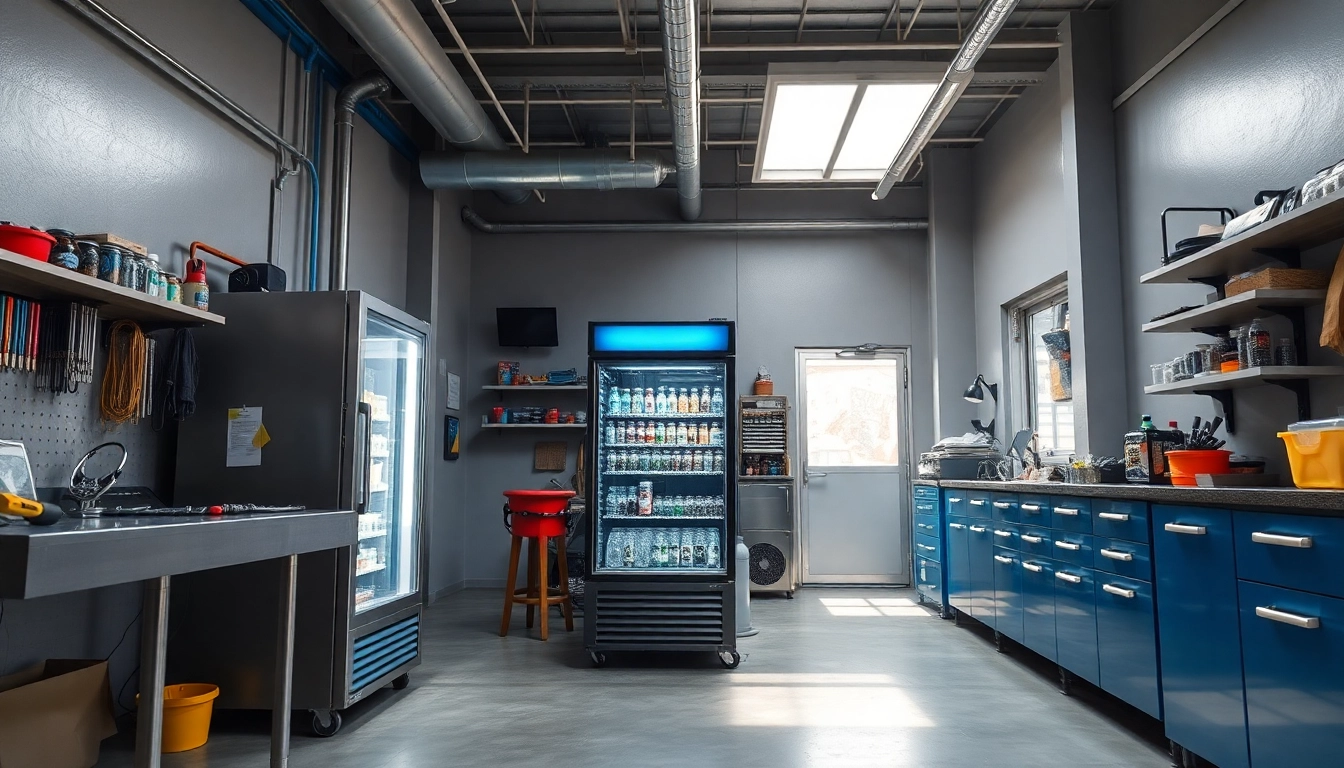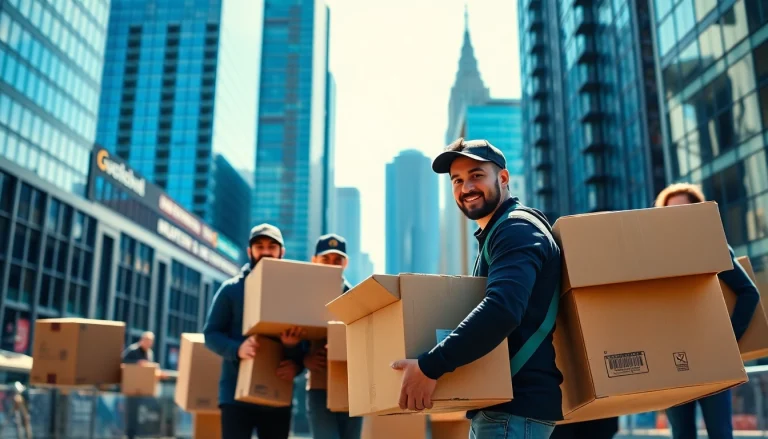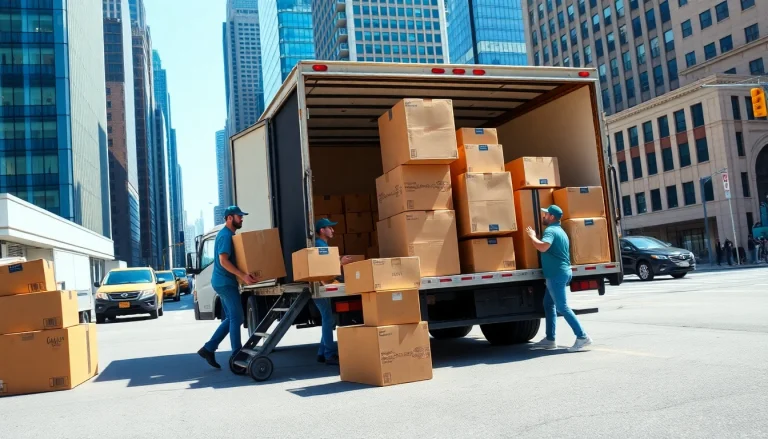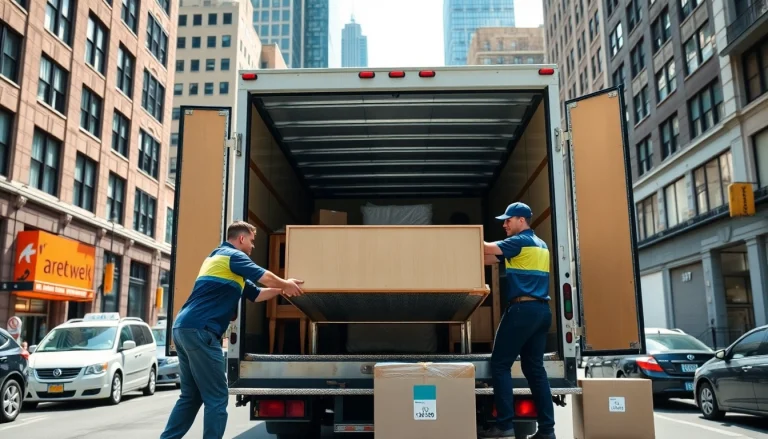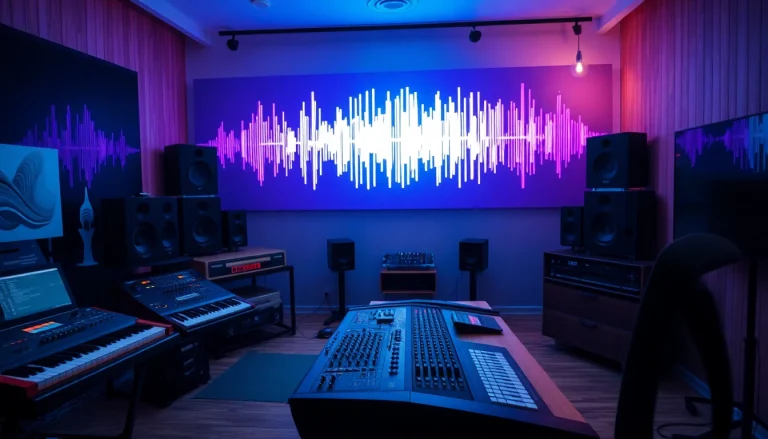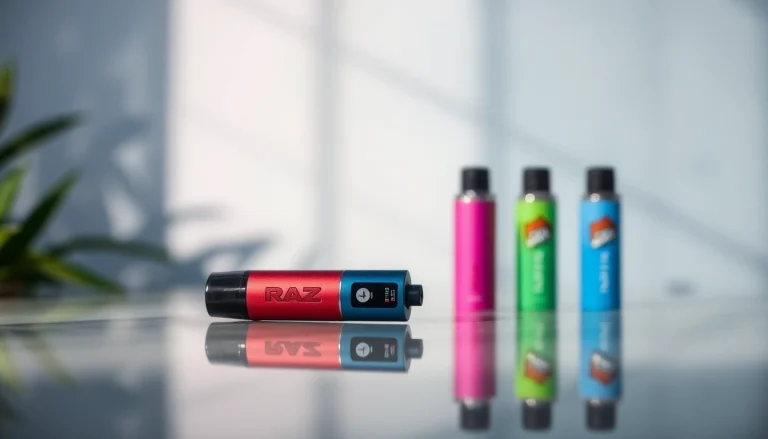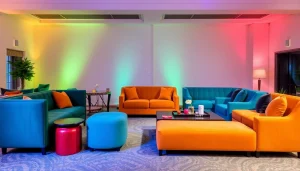Understanding Soda Cooler Repair Basics
Soda coolers are essential appliances in homes, offices, and commercial settings, delivering chilled beverages at the touch of a button. However, like any other mechanical device, these coolers may experience issues requiring repairs. An understanding of soda cooler repair can save money and ensure efficient functionality. In this comprehensive guide, we will dive into the basic principles of soda cooler repair, addressing the types of coolers, common issues, and the essential tools you’ll need to get started.
Types of Soda Coolers and Their Mechanisms
Soda coolers come in various shapes and sizes, each with unique mechanisms to ensure effective cooling. The main types include:
- Under-Counter Coolers: Often found in bars or small kitchens, these compact models are designed to fit under a counter while still providing a significant storage capacity.
- Freestanding Coolers: These stand-alone units are commonly used in homes and businesses. They often feature decorative glass doors and provide easy access to beverages.
- Commercial Coolers: Typically used in restaurants or retail spaces, these larger coolers are designed to hold larger quantities of drinks and operate continuously throughout the day.
Each type uses a similar refrigeration cycle, employing evaporators, condensers, and compressors to cool the interior. Understanding the specific type of cooler you have can aid in diagnosing and repairing problems that arise.
Common Issues Encountered in Soda Cooler Repair
As with any appliance, soda coolers are prone to specific issues. Some of the most common problems include:
- Cooling Failure: Often caused by compressor issues, blocked vents, or refrigerant leakage, leading to warm beverages.
- Power Supply Problems: These can arise from a faulty power cord or issues within the circuit, preventing the cooler from turning on.
- Temperature Fluctuations: Malfunctioning thermostats or dirty coils can cause inconsistent temperatures, leading to drinks being stored at unsuitable temperatures.
- Noisy Operation: This can indicate a failing compressor or loose components within the cooler.
Identifying these issues early can prevent more significant problems and costly repairs down the line.
Essential Tools for Soda Cooler Repair
Arming yourself with the right tools is crucial for effective soda cooler repair. Essential tools include:
- Screwdrivers: Both flat-head and Phillips screwdrivers are necessary for opening the cooler and adjusting components.
- Multimeter: Used for testing electrical connections and diagnosing power supply problems.
- Wrenches: To manipulate and tighten various fittings and components.
- Cleaning Supplies: A good cleaner and soft cloth for maintaining the clean operation of coils and other surfaces.
- Refrigerant Gauge: Essential for measuring and managing refrigerant levels if leaks are suspected.
Having these tools on hand will not only facilitate repairs but also ensure your cooler runs optimally.
Troubleshooting Common Soda Cooler Problems
Troubleshooting is an essential skill when it comes to soda cooler repair. Understanding common problems can often save you time and resources.
Power Supply Issues in Soda Coolers
A malfunctioning power supply is a prominent cause behind many cooler repair needs. Start by checking the following:
- Ensure the cooler is properly plugged into a functioning outlet.
- Check for a blown fuse or tripped circuit breaker that may interrupt power.
- Inspect the power cord for visible damage or loose connections.
If the power supply is verified and functional, you may need to inspect internal components like the start capacitor, which may occasionally be the root of the issue.
Temperature Control Failures in Beverage Coolers
Maintaining the desired temperature is vital for a beverage cooler’s function. If your cooler isn’t maintaining temperature, consider the following:
- Examine the thermostat settings to ensure they’re correctly configured.
- Check the evaporator and condenser coils for dust or dirt buildup, which can affect cooling efficiency.
- Test the thermostat functionality using a multimeter to ensure it is working properly.
Addressing these issues promptly can prevent spoilage or degradation of your beverages.
Understanding Compressor and Refrigerant Problems
The compressor plays a critical role in the refrigeration cycle, and any dysfunction can lead to significant cooling issues. Signs of compressor problems include:
- Strange noises or humming sounds indicating overworking or malfunctions.
- The compressor runs excessively without adequately cooling.
- Visible refrigerant leaks around the compressor area.
If compressor problems are suspected, it’s often best to seek professional help, as these repairs can become complex and may require specialized tools and knowledge.
Step-by-Step Guide to DIY Soda Cooler Repair
Many soda cooler repairs can be tackled with a DIY approach, especially if you have a penchant for hands-on projects. Follow this step-by-step guide for effective repairs.
How to Diagnose Your Soda Cooler’s Issues
The key to effective repair starts with a thorough diagnosis:
- Start by checking for power issues using a multimeter.
- Assess the cooler’s performance while monitoring temperature functions over time.
- Look for physical signs, such as frozen coils, leaks, or unusual noises.
- Document your findings to help identify patterns or recurring issues.
This methodical approach allows for an accurate diagnosis, which is crucial for successful troubleshooting.
Repairing the Cooling System: A Beginner’s Guide
Once diagnosed, the repair steps can begin. Here’s a basic outline for repairing some common cooling issues:
- Ensure you disconnect the cooler from power. Safety is paramount.
- Remove the back panel to access internal components.
- Clean the coils and fans to remove any dust that may hinder performance.
- Inspect the compressor; if it shows signs of wear or damage, consider replacing it.
- For refrigerant leaks, obtain a new refrigerant or sealant and follow manufacturer guidelines for replenishing.
Always consult specific guides for the make and model of your cooler, as each unit might have unique requirements.
Preventative Maintenance Strategies for Longevity
To prolong the life of your soda cooler and minimize the need for repairs, regular maintenance is key. Consider these strategies:
- Clean the condenser coils every six months to prevent dust buildup that could cause overheating.
- Monitor the temperature settings and adjust them according to external factors like room temperature regularly.
- Inspect and replace worn or damaged seals on doors to maintain efficiency.
- Schedule periodic professional check-ups to ensure all systems function optimally.
Implementing these preventative measures can substantially reduce the frequency of necessary repairs.
When to Call a Professional for Soda Cooler Repair
While many issues can be resolved on your own, there are situations where professional intervention is essential. Knowing when to seek help can save costs and ensure safety.
Identifying Complex Repair Needs
Complex repairs generally require specialized tools or expertise. If you identify any of the following issues, consider calling a professional:
- Sealed system failures that involve refrigerant repairs or compressor repairs.
- Persistent cooling issues that don’t resolve with regular troubleshooting steps.
- Electrical problems beyond basic power supply issues that could indicate significant wiring malfunctions.
Professionals have the experience and training to tackle these intricate repairs safely and effectively.
The Cost of Professional Soda Cooler Repair Services
Costs for professional repairs can vary based on the type of repair, the parts needed, and the technician’s expertise. Here’s a general breakdown of potential costs:
- Basic repairs: $50-$150 for minor adjustments and part replacements.
- Compressor replacements: $150-$600 depending on the unit’s make and model.
- Refrigerant refills: $100-$300 based on the refrigerant type and local labor rates.
It’s advisable to get multiple quotes to ensure a fair price and check for warranties or guarantees on repairs offered by technicians.
Choosing the Right Technician for Your Soda Cooler
Finding a qualified technician is essential for ensuring your cooler’s longevity and optimal function.
- Check for reviews and recommendations from other customers.
- Ensure the technician is fully licensed and has experience with soda cooler repairs.
- Inquire about warranties for the work performed.
Choosing the right technician will not only provide peace of mind but also assure quality service and repairs.
Maintaining Your Soda Cooler After Repair
After repairing your soda cooler, ongoing maintenance is crucial to sustaining performance. Here’s how to keep your appliance in prime condition.
Routine Checks for Optimal Cooler Functionality
Make it a habit to perform routine checks on your cooler:
- Regularly inspect the door seals for any signs of wear or damage.
- Ensure that the vents are unobstructed to promote airflow.
- Monitor the temperature to confirm that it remains consistent and at the correct level.
Conducting these checks can help prevent future complications and enhance the cooling efficiency.
Cleaning and Upkeep Tips for Soda Coolers
Keeping your soda cooler clean and tidy will enhance its performance:
- Unplug the cooler before cleaning and ensure it is fully emptied of beverages.
- Use a vacuum cleaner or a brush to remove dust from the coils and surrounding areas.
- Wipe down interior surfaces with soapy water followed by a disinfectant.
A clean cooler not only functions better but also maintains a hygienic space for your beverages.
Long-term Care: Extending the Life of Your Beverage Cooler
To truly extend the life of your soda cooler, consider the following:
- Invest in a surge protector to safeguard against electrical spikes.
- Avoid crowding inside the cooler, as this can hinder airflow and cooling.
- Keep the cooler in a temperature-regulated room free from excessive heat sources.
Long-term care results in reduced frequency of repairs and assists in maintaining the cooler’s effectiveness.
